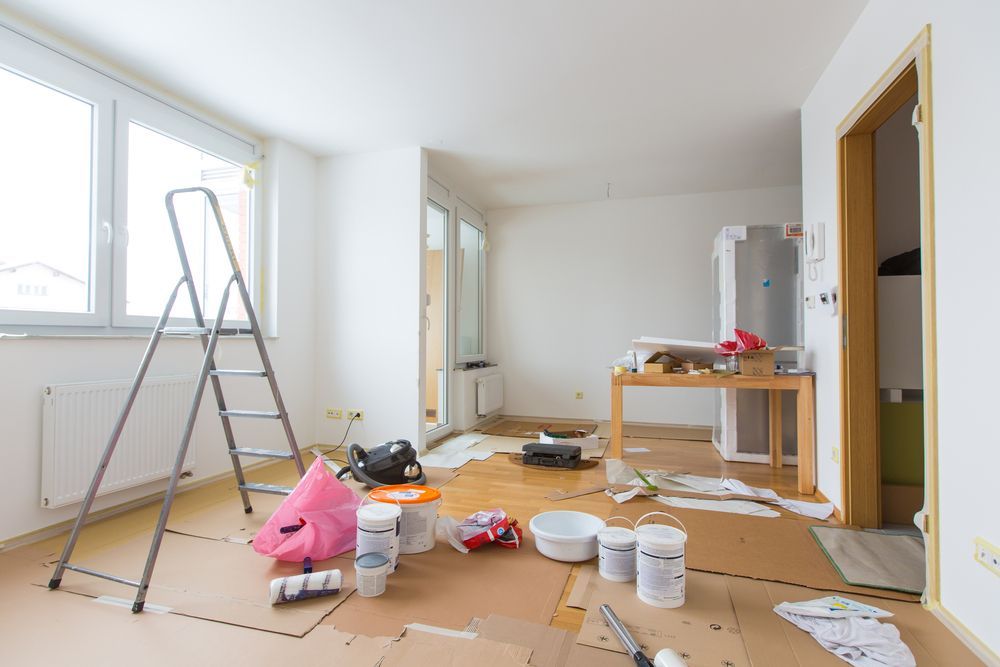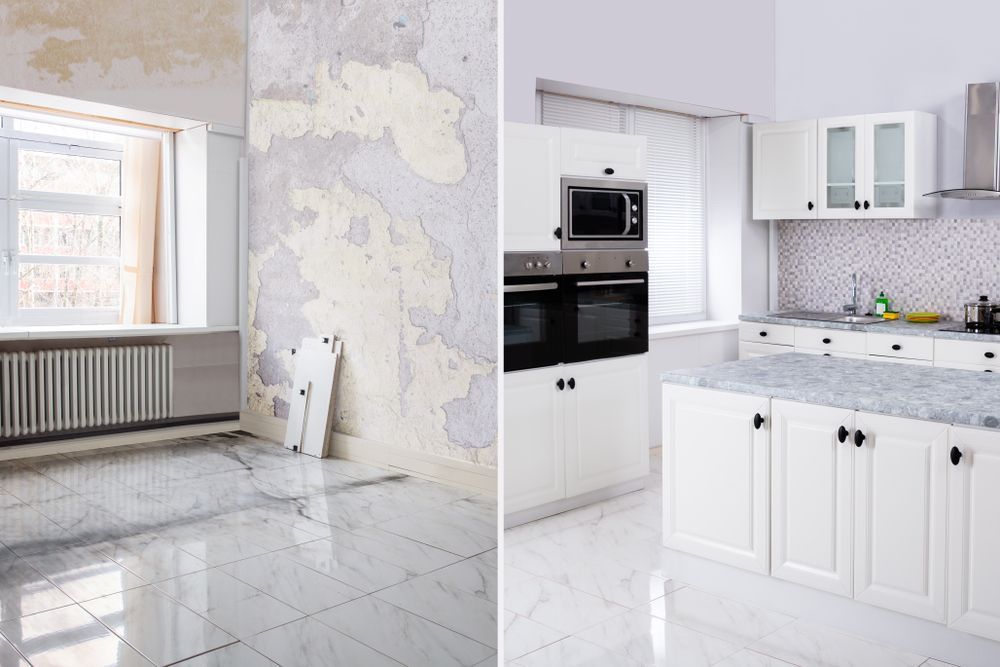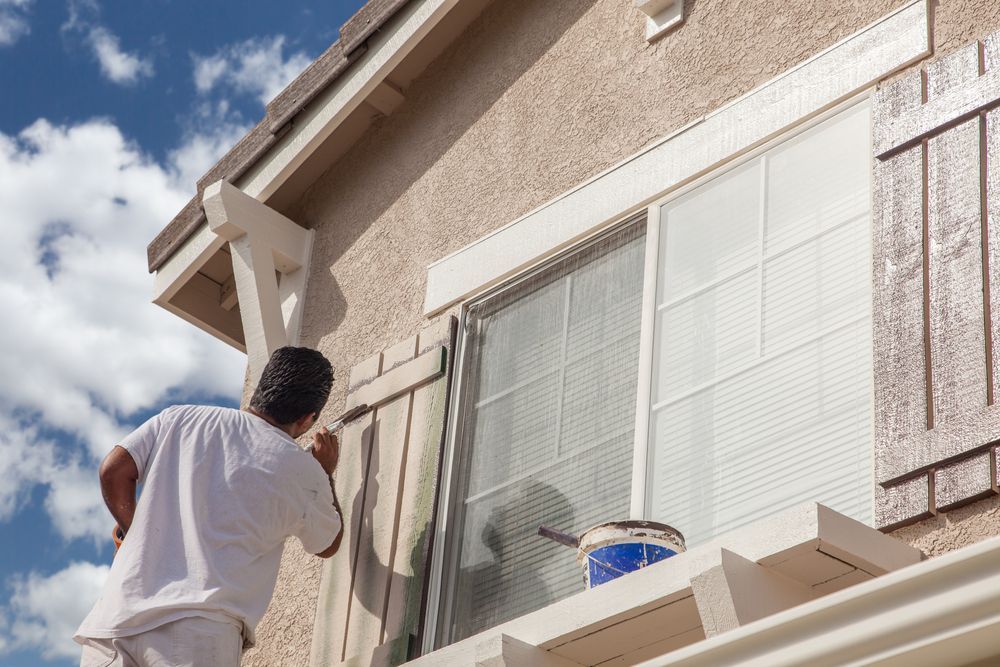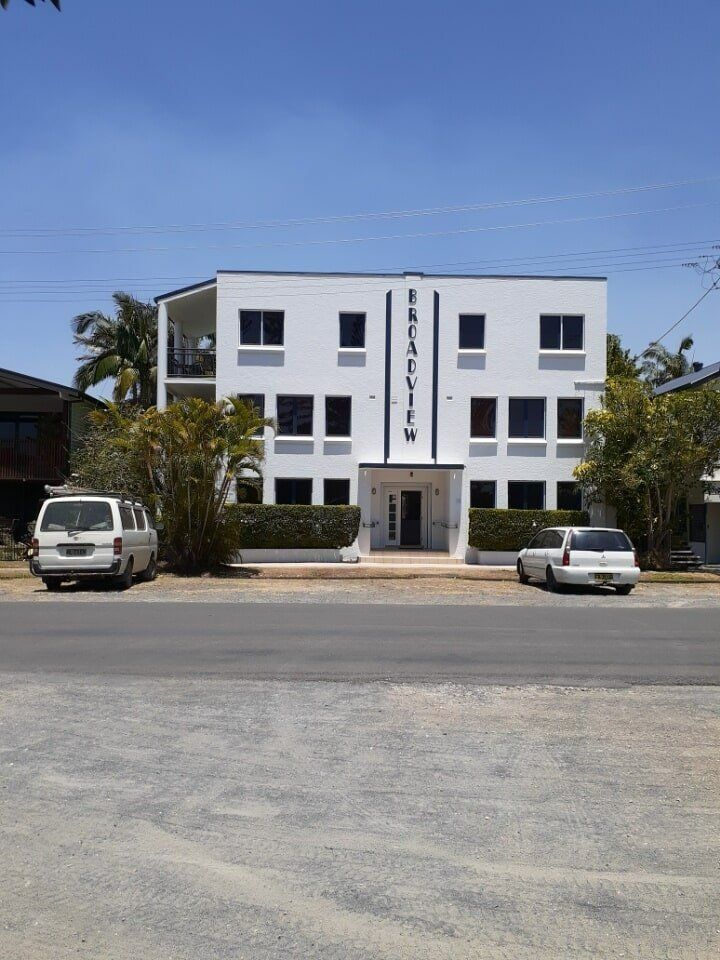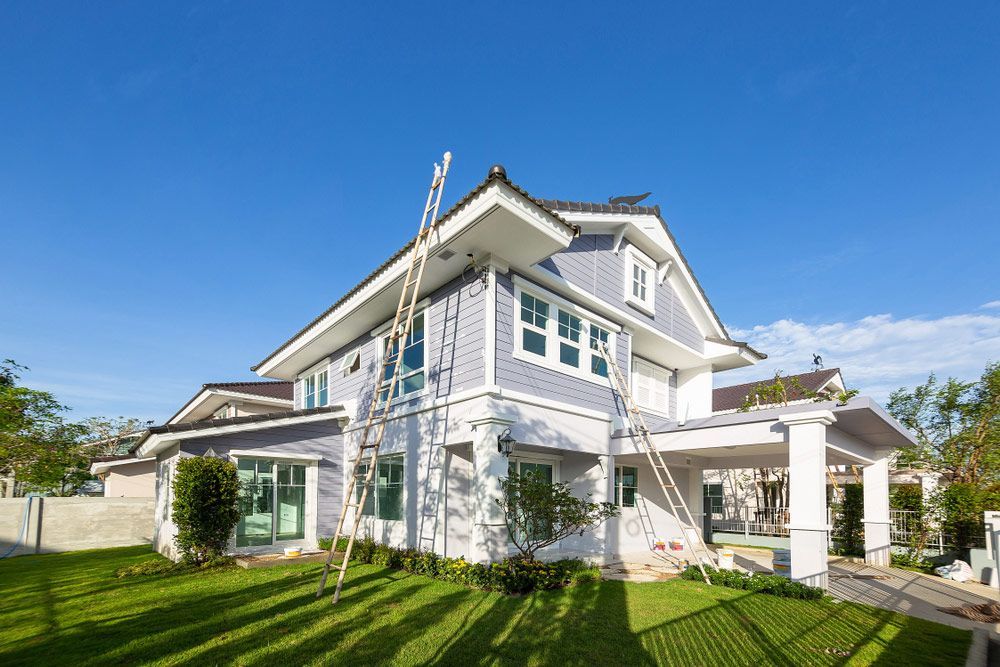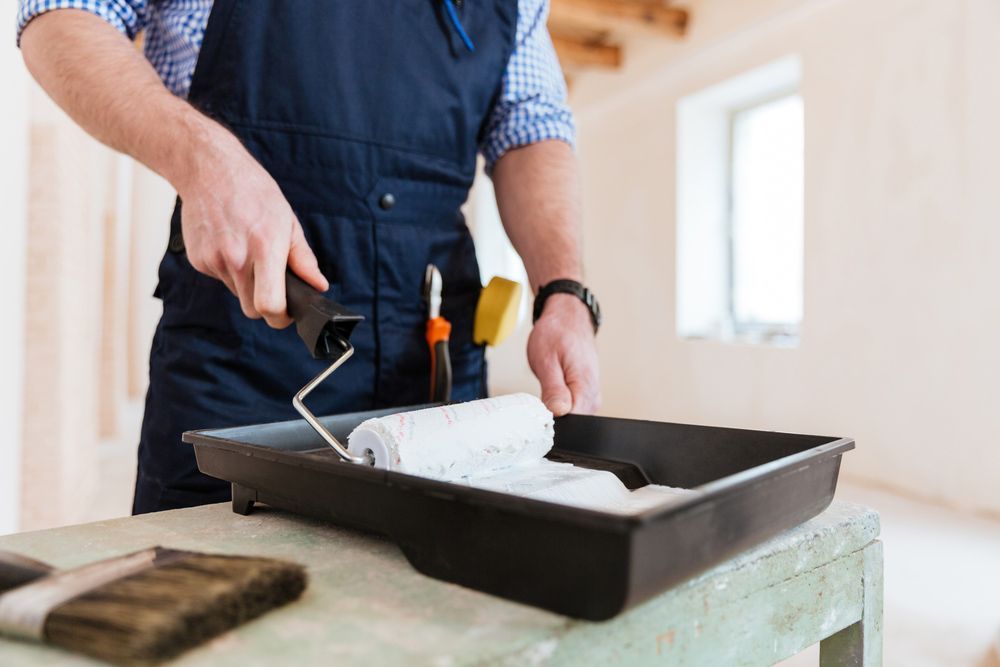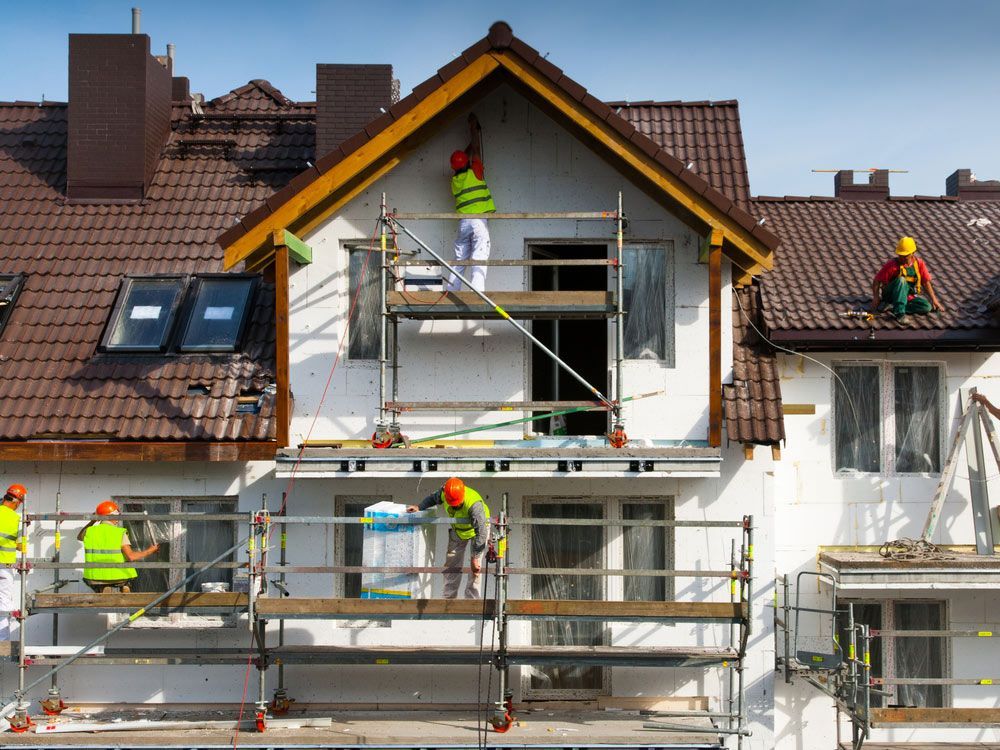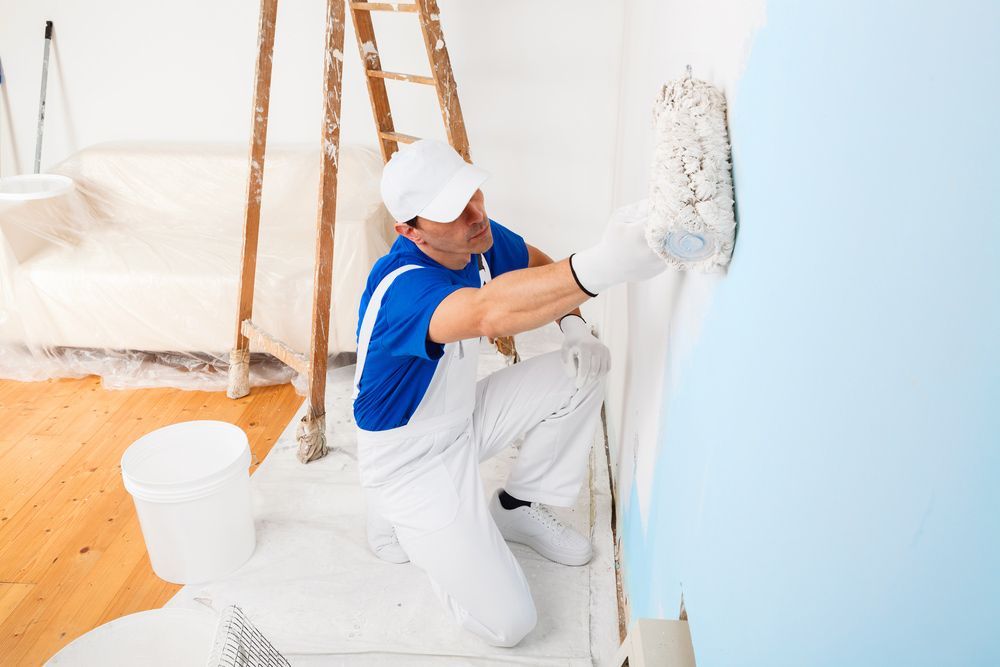The Role of Surface Preparation in Long-Lasting Restoration Paint Jobs
When it comes to restoration painting—especially for heritage and coastal homes—many people focus on choosing the perfect colour or the highest-quality paint. While these decisions matter, they’re only part of the story. In truth, surface preparation is just as important, if not more important, than the painting itself when it comes to achieving a beautiful, long-lasting finish.
This is particularly true in Byron Bay, where the coastal climate can be harsh on exterior surfaces. Salt air, high humidity, and intense sunlight all work together to accelerate paint deterioration, making preparation not just a step in the process, but the foundation for a durable restoration.
Why Preparation Matters in Restoration Painting
Restoration painting differs from standard repainting because the surfaces are often older, more delicate, and more prone to underlying damage. These projects frequently involve heritage-listed properties or homes with historical and architectural significance. Here, preparation goes beyond just “clean and paint”—it’s about repairing, preserving, and protecting.
A poorly prepared surface can lead to:
- Poor adhesion, causing paint to peel or blister prematurely.
- Uneven finishes, where cracks, chips, or old paint layers show through.
- Moisture damage, especially in coastal environments.
- Wasted investment, as the paint job will need redoing sooner.
In contrast, thorough preparation creates a stable base that allows the paint to bond effectively, withstand environmental stress, and protect the substrate for years to come.
The Challenges of Byron Bay’s Coastal Climate
Byron Bay is known for its natural beauty, but that same coastal environment is tough on painted surfaces. A restoration painter working here must take into account:
- Salt Air – Salt particles carried by the wind settle on exterior surfaces, attracting and holding moisture. This can lead to faster corrosion of metal fixtures and breakdown of paint films.
- Humidity – Persistent moisture in the air can creep under poorly adhered paint layers, causing bubbling and peeling.
- Intense Sunlight – UV rays cause paint pigments to fade and resins to degrade, leading to chalking and loss of protective qualities.
- Frequent Rainfall – Sudden downpours and tropical storms can expose any weaknesses in the paint’s adhesion or the surface’s integrity.
Because of these factors, preparation for a restoration paint job in Byron Bay is more meticulous than in inland or cooler climates.
Key Steps in Proper Surface Preparation
While the exact process will vary depending on the building’s age, materials, and condition, the following preparation steps are typically essential for long-lasting restoration paintwork:
1. Inspection and Assessment
Before any tools come out, a detailed inspection is critical. This helps identify:
- Existing damage (cracks, rot, corrosion)
- Areas of water intrusion
- Failing previous paint layers
- Mould or mildew growth
For heritage properties, this stage also involves understanding historical details so that restoration work is in keeping with the building’s character.
2. Cleaning the Surface
All surfaces must be free from dirt, salt deposits, grease, and mould before painting begins. In coastal areas like Byron Bay, this often means pressure washing with fresh water to remove salt and contaminants, followed by specialised cleaning solutions for mould and mildew.
3. Removing Old, Failing Paint
Loose, flaking, or blistered paint has to be removed for the new coat to adhere properly. Depending on the material, this may involve scraping, sanding, or gentle chemical stripping—especially for heritage surfaces that need careful handling.
4. Repairing & Restoring Surfaces
Restoration painting often involves repairing the substrate before painting. For timber, this might include replacing rotten sections, filling cracks, and treating for termites. Masonry may need repointing, while metalwork could require rust treatment.
5. Addressing Moisture Issues
Any source of water damage—be it leaky gutters, cracked sealant, or poor ventilation—must be fixed before painting. Otherwise, moisture trapped beneath the paint will quickly cause damage.
6. Priming for Durability
Primers are essential for creating a stable, adhesive base and sealing the surface against moisture. Coastal environments benefit from high-performance primers formulated for salt and UV resistance.
7. Sanding for Smoothness
A final sanding smooths imperfections and ensures the primer and topcoats bond seamlessly to the surface, creating a flawless finish that lasts longer.
Why Heritage Homes Need Extra Care
Heritage properties bring unique challenges. The materials are often older and less resistant to the elements, and the detailing requires precision work to preserve historical integrity. For example:
- Timber fretwork needs delicate sanding and fine-brush application.
- Original weatherboards may require careful patching rather than full replacement to maintain authenticity.
- Traditional lime-based renders must be restored using compatible materials.
In these cases, preparation isn’t just about making the surface ready for paint—it’s about preserving a piece of history while ensuring the property is well protected against Byron Bay’s climate.
The Cost of Skipping Proper Preparation
It can be tempting to save time and money by rushing through preparation, but the consequences are rarely worth it. Without thorough prep work:
- The paint will fail prematurely, often within 12–18 months.
- Moisture problems can worsen, leading to structural damage.
- Aesthetic appeal suffers, diminishing property value.
What might seem like savings in the short term often results in higher long-term costs, both in terms of repairs and repeat painting.
Choosing the Right Professional for the Job
Not all painters specialise in restoration, and fewer still have experience working in coastal heritage areas like Byron Bay. When selecting a painter for a restoration project, look for:
- Experience in heritage and restoration painting
- Familiarity with coastal climate challenges
- Attention to detail in preparation methods
- Use of high-quality, weather-resistant primers and paints
A skilled restoration painter in Byron Bay will treat preparation as the most important part of the job—not an afterthought.
Call Us Today to Experience Craftsmanship That Lasts
In restoration painting, preparation is the foundation for success. Especially in Byron Bay’s demanding coastal environment, a beautiful, long-lasting paint job begins long before the first coat is applied.
If you’re looking for a restoration painter in Byron Bay who understands the unique demands of heritage and coastal properties.
Yves De Wilde Quality Painting Services brings unmatched attention to detail and dedication to quality. With expert preparation and a deep respect for traditional craftsmanship, every project is approached to ensure beauty, protection, and longevity.
Reach out to us today to learn more!

